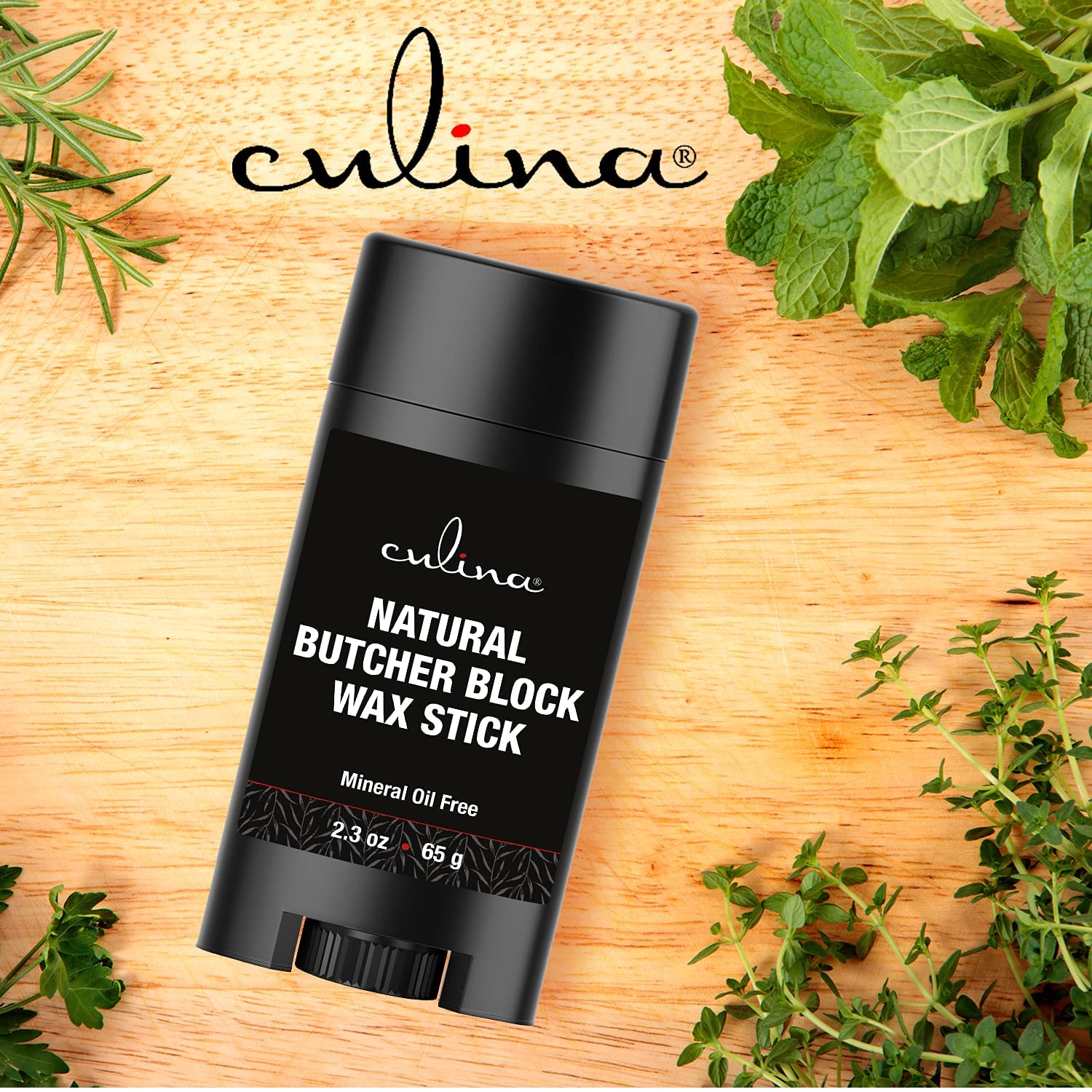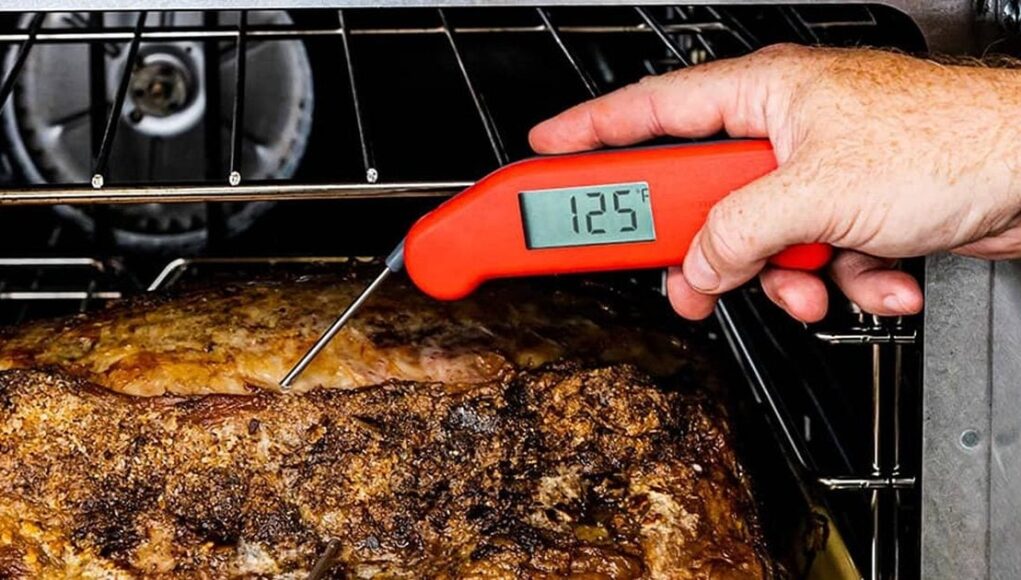In the world of cooking, precision is key, and using the right tools can make a world of difference in your results. Two indispensable tools in any cook’s arsenal are meat thermometers and candy thermometers. Understanding what is the difference between a meat and candy thermometer can help ensure your dishes turn out perfectly every time. Both thermometers play crucial roles but serve very different purposes. This article will guide you through their uses, benefits, and why every cook should be delighted to use them.

The Basics of Meat Thermometers
Meat thermometers are designed specifically to measure the internal temperature of various meats. They are essential for ensuring that meat is cooked to a safe and ideal temperature, which can prevent foodborne illnesses and ensure the best taste and texture. Let’s dive into what makes meat thermometers unique:
Types of Meat Thermometers
- Digital Meat Thermometers: Provide quick and accurate readings, often with a digital display.
- Dial (Analog) Meat Thermometers: Typically used inside the oven, giving a constant readout of the internal temperature.
How to Use a Meat Thermometer
Using a meat thermometer is straightforward. Insert the probe into the thickest part of the meat, avoiding bones and fat. Wait for the temperature reading to stabilize before making any decisions about doneness. For more detailed guidance, check this guide.

The Basics of Candy Thermometers
Candy thermometers are designed to measure much higher temperatures than meat thermometers. They are crucial for making candies, syrups, and other confectionery that require precision. Here’s what you should know about candy thermometers:
Types of Candy Thermometers
- Digital Candy Thermometers: Provide precise readings and sometimes come with alarm features.
- Glass Mercury Candy Thermometers: Traditional and very accurate, though they require careful handling.
How to Use a Candy Thermometer
Clip the thermometer to the side of your pot with the tip submerged in the mixture but not touching the bottom. Stir the mixture gently and watch the temperature to ensure it reaches the desired level. Using it correctly can be the difference between perfect candy and a burnt mess. For more tips, here’s a helpful article.

Main Differences Between Meat and Candy Thermometers
Temperature Ranges
The most significant difference is the temperature range. While meat thermometers generally measure temperatures between 140F and 220F, candy thermometers can measure from 100F up to 400F.
Probe Design
Meat thermometers usually have a thicker probe to penetrate meat, while candy thermometers can have a thinner or more specialized design suitable for liquids.
Accuracy Requirements
Accuracy in temperature measurement is critical in candy makingjust a few degrees can make or break a recipe. Meat thermometers need to be accurate but are generally more forgiving.
Why Should You Use the Right Thermometer?
Safety Concerns
Using the correct thermometer can prevent undercooked meat, which can have harmful bacteria. Similarly, an accurate candy thermometer ensures that your sugar doesnt burn, which can also be a health risk.
Achieving Perfect Results
Whether you’re cooking a steak or making a batch of caramel, using the right thermometer ensures you get the texture, flavor, and safety necessary for a successful dish.
Professional and Home Use
Both meat and candy thermometers are invaluable tools in both professional kitchens and home environments. Understanding their differences allows you to utilize them to their full potential.
Best Practices for Using Thermometers
Calibration
Regularly calibrate your thermometers to maintain their accuracy. Follow the manufacturer’s guidelines for calibration.
Cleaning and Maintenance
Proper cleaning and storage are vital for maintaining your thermometers. Most probes can be washed with warm, soapy water. Avoid immersing electronic components.
FAQs
Can I use a meat thermometer for candy making?
No, meat thermometers do not reach the higher temperatures required for candy making. Always use a candy thermometer for sweets and confections.
Are digital thermometers more accurate than analog ones?
Both types can be accurate, but digital thermometers often provide quicker and easier-to-read results. The choice depends on your preference and the specific requirements of your recipe.
How often should I calibrate my thermometer?
Regular calibration is recommended, especially for professional use. For home use, calibrating a couple of times a year is usually sufficient.
Conclusion
Understanding what is the difference between a meat and candy thermometer can significantly enhance your cooking and baking experiences. Each type of thermometer has its specific purpose and using them correctly will lead to better, safer, and more delicious results. Equip yourself with the right tools, follow best practices, and enjoy the culinary journey!
Griddle items can greatly complement your cooking experience.
Season cast iron to enhance your cooking brilliance.
Preheat correctly for better grilling results.
As an Amazon Associate, I earn from qualifying purchases.









